Paleontology has undergone a remarkable transformation in recent decades, moving from a discipline primarily focused on fossil collection and anatomical description to one that increasingly employs sophisticated computational techniques to answer complex questions about extinct organisms. At the forefront of this revolution stands Dr. Emily Rayfield, a pioneering paleontologist whose groundbreaking work with digital modeling has fundamentally changed how we understand dinosaurs and other prehistoric creatures. Through innovative applications of engineering principles and computer simulation, Dr. Rayfield has opened new windows into the biomechanics, functional morphology, and evolutionary adaptations of dinosaurs, providing unprecedented insights into how these fascinating animals lived, moved, and interacted with their environments.
The Pioneering Path of Dr. Emily Rayfield

Dr. Emily Rayfield serves as Professor of Paleobiology at the University of Bristol in the United Kingdom, where she has established herself as a world-leading expert in computational paleontology. Her academic journey began with a degree in Geology from the University of Leeds, followed by a Ph.D. from the University of Cambridge, where she first began applying engineering techniques to paleontological questions. Throughout her distinguished career, Rayfield has published numerous influential papers that have redefined our understanding of dinosaur biology through the application of finite element analysis, computational fluid dynamics, and other digital modeling approaches. Her pioneering work earned her prestigious recognition, including the Bigsby Medal from the Geological Society of London in 2014, awarded for exceptional contributions to the field of geology by researchers under 45 years old. As a former President of the Society of Vertebrate Paleontology, Rayfield has not only advanced the scientific understanding of ancient life but has also played a crucial role in shaping the direction of modern paleontological research and mentoring the next generation of computational paleobiologists.
Finite Element Analysis: Engineering Meets Paleontology

At the core of Dr. Rayfield’s revolutionary approach lies Finite Element Analysis (FEA), an engineering method traditionally used to test stress and strain in man-made structures like bridges and aircraft wings. Rayfield pioneered the application of this technique to fossil specimens, particularly dinosaur skulls, by creating detailed digital models that can be subjected to virtual forces. These models divide complex structures into thousands of smaller, simpler elements, allowing researchers to predict how biological structures would respond to different stresses during activities like biting, chewing, or impact. In her groundbreaking 2001 study of Allosaurus, Rayfield revealed that this carnivorous dinosaur likely used its skull like a hatchet, delivering powerful top-down bites – a feeding strategy different from those of other large predatory dinosaurs. This work demonstrated that FEA could reveal functional adaptations impossible to discern through traditional observational methods, effectively transforming paleontology from a largely descriptive science into one capable of testing specific biomechanical hypotheses about extinct animals. The application of FEA has since become standard practice in paleontological research, enabling scientists worldwide to investigate the functional significance of anatomical features across the dinosaur family tree.
Digital Reconstruction: Bringing Fossils Back to Life

Dr. Rayfield has pioneered techniques for creating highly accurate digital reconstructions of fossils using computed tomography (CT) scanning and specialized modeling software. These digital reconstructions serve as the foundation for her analytical work, allowing her team to examine internal structures, repair damaged specimens virtually, and correct for taphonomic distortion that occurs during fossilization. The process begins with high-resolution CT scans that penetrate fossil material to reveal internal anatomy invisible to the naked eye, producing thousands of cross-sectional images that are then compiled into detailed three-dimensional models. Rayfield’s expertise in digital reconstruction has proven particularly valuable for studying rare or fragile specimens that might be damaged by traditional physical preparation methods. In collaboration with other researchers, she has reconstructed the skulls of various dinosaurs, including tyrannosaurs, ceratopsians, and ornithomimids, revealing previously unknown aspects of their anatomy. These digital models can then be manipulated, sectioned, and analyzed in ways impossible with physical specimens, effectively creating virtual laboratories for paleontological investigation while preserving irreplaceable fossil material for future generations of researchers.
Biomechanical Analysis of Dinosaur Feeding

One of Dr. Rayfield’s most significant contributions to dinosaur paleobiology has been her extensive work on feeding biomechanics across different dinosaur groups. By applying engineering principles to dinosaur skull models, she has revealed fascinating insights into how these animals captured, processed, and consumed their food. Her research on theropod dinosaurs demonstrated that different predatory species evolved distinct feeding strategies, with some like Tyrannosaurus rex optimized for crushing bone with enormous bite forces, while others like Spinosaurus appear adapted for catching slippery prey with less powerful but faster bites. Rayfield’s analysis of herbivorous dinosaurs has been equally revealing, showing how ceratopsians like Triceratops efficiently processed tough plant material through complex jaw mechanics and how hadrosaurs developed sophisticated dental batteries for grinding vegetation. These biomechanical insights have transformed our understanding of dinosaur ecology, revealing how different species could coexist by exploiting distinct dietary niches within the same environments. By linking skull morphology to feeding function, Rayfield’s work has helped paleontologists understand not just what dinosaurs ate, but the specific evolutionary adaptations that allowed them to exploit particular food resources throughout their evolutionary history.
Cranial Kinesis and Skull Evolution
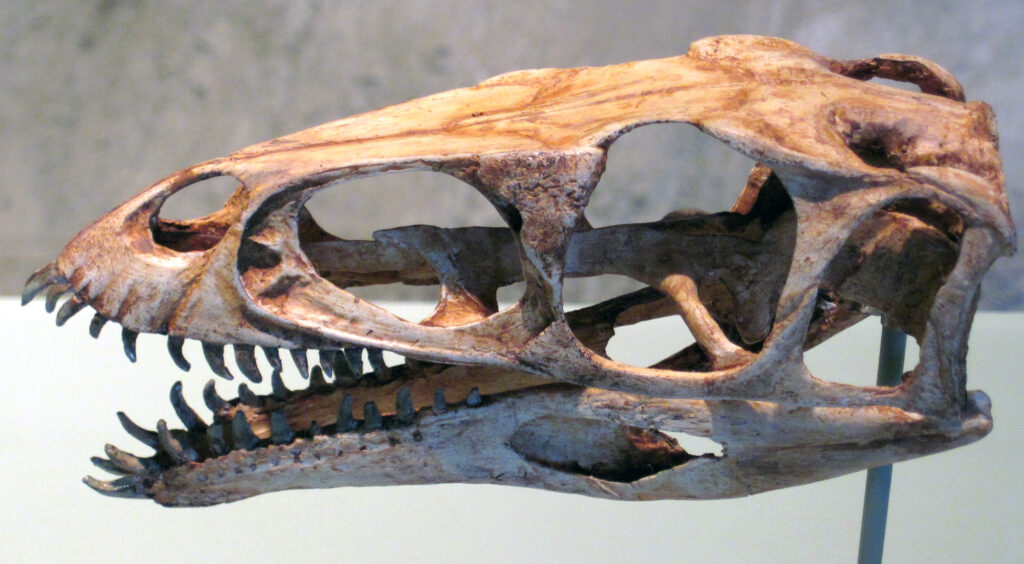
Dr. Rayfield’s research has significantly advanced our understanding of cranial kinesis—the ability of some animals to move parts of their skull relative to one another—in dinosaurs and their living relatives. Through detailed digital modeling and biomechanical analysis, she has investigated how skull mobility evolved across the dinosaur-bird transition, revealing important insights into avian evolution. Her studies have shown that while many modern birds possess highly kinetic skulls that improve feeding efficiency, this capability evolved gradually, with early theropod dinosaurs having more rigid cranial structures. Using sophisticated computational methods, Rayfield demonstrated that certain theropod dinosaurs possessed cranial joints that potentially allowed limited skull movement, representing intermediate stages in the evolution of the highly flexible bird skull. This research has resolved longstanding debates about the presence and function of cranial kinesis in different dinosaur groups, showing that what was once considered a uniquely avian trait has deep evolutionary roots in theropod dinosaurs. By tracing the biomechanical changes in skull architecture across evolutionary time, Rayfield’s work has illuminated how incremental adaptations in skull mobility contributed to the remarkable diversity of feeding strategies observed in both extinct dinosaurs and their living avian descendants.
Multibody Dynamics and Dinosaur Movement

Expanding beyond static analysis of fossil structures, Dr. Rayfield has incorporated multibody dynamics into her research toolkit to investigate how dinosaurs moved. This computational approach models individual bones as separate but interconnected entities, allowing researchers to simulate joint articulation, range of motion, and whole-body movement patterns. Through collaboration with engineers and computer scientists, Rayfield has helped develop increasingly sophisticated movement models that account for soft tissues like muscles, tendons, and cartilage that rarely preserve in the fossil record. These studies have challenged long-held assumptions about dinosaur locomotion, including revealing a more nuanced understanding of how large theropods like Tyrannosaurus balanced their massive bodies and how the unique hip structure of ornithischian dinosaurs influenced their gait. By integrating bone geometry, estimated muscle attachments, and biomechanical principles, Rayfield’s dynamic models simulate how dinosaurs likely walked, ran, and maneuvered through their environments. This research has particular significance for understanding the evolutionary development of bird flight, as Rayfield’s work has helped trace the gradual changes in forelimb biomechanics from ground-dwelling theropods to their flying descendants, illuminating one of the most dramatic functional transitions in vertebrate evolution.
Comparative Studies with Modern Animals
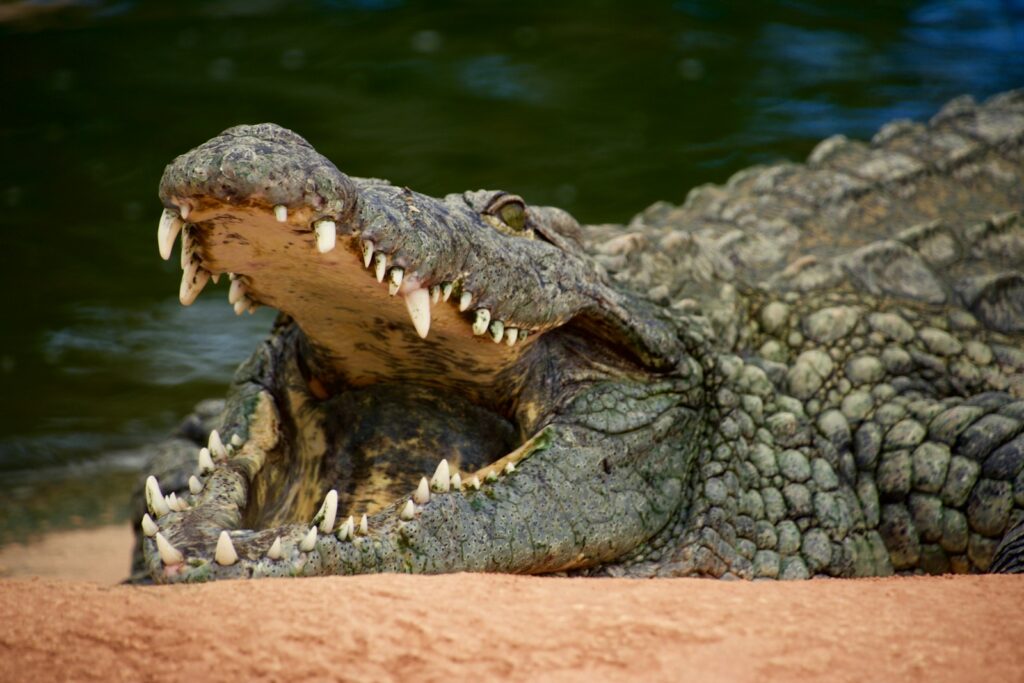
A critical aspect of Dr. Rayfield’s methodology involves validating her computational approaches through comparative studies with living animals. By conducting parallel analyses on extinct dinosaurs and their closest living relatives—birds and crocodilians—she establishes crucial benchmarks for interpreting fossil data. These comparative studies often involve creating digital models of modern animal skulls, subjecting them to the same analytical procedures used for fossil specimens, and then comparing the computational results with experimentally measured data from the living animals. Rayfield’s work with extant crocodilians has been particularly valuable, as these archosaurs share a common ancestry with dinosaurs and possess skull structures that can inform interpretations of extinct forms. In one influential study, she compared bite force predictions from finite element models of crocodile skulls with actual bite forces measured in living individuals, demonstrating the accuracy of her computational methods. This validation approach has strengthened confidence in Rayfield’s conclusions about dinosaur biomechanics while also highlighting the limitations and constraints of working with incomplete fossil material. By bridging the gap between living and extinct forms, her comparative framework ensures that digital reconstructions of dinosaur biology remain grounded in the biomechanical realities observed in living organisms.
Integrating Multiple Data Sources
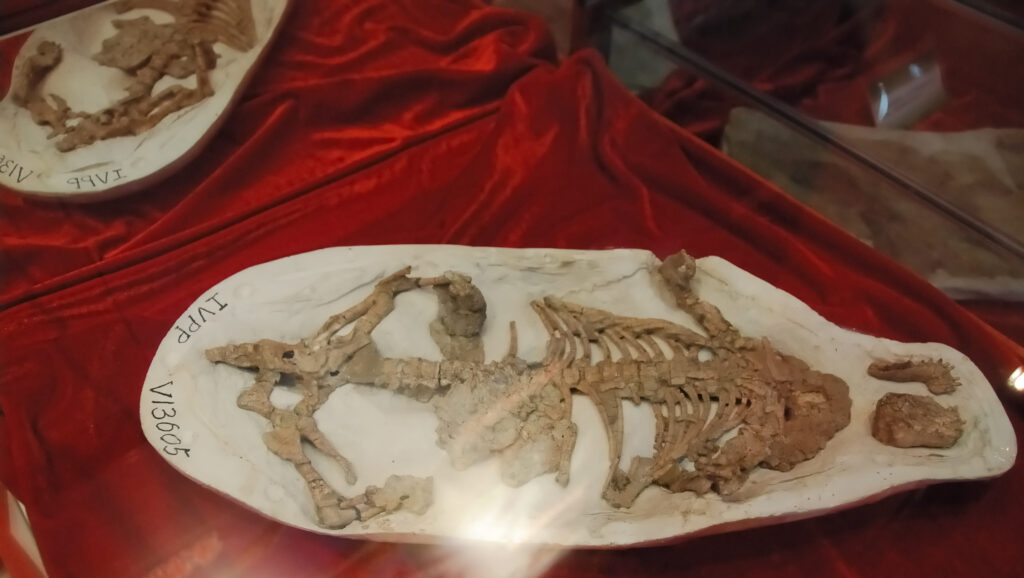
One of the most innovative aspects of Dr. Rayfield’s research approach is her integration of multiple data sources and analytical methods to create a more comprehensive understanding of dinosaur biology. Rather than relying solely on any single technique, she combines evidence from comparative anatomy, phylogenetics, biomechanics, and paleoenvironmental data to contextualize her computational findings. This multidisciplinary approach might incorporate histological analysis of bone microstructure to determine growth patterns and tissue properties, trace fossil evidence to understand behavioral ecology, and isotope studies to inform dietary interpretations. Rayfield’s collaborative work often brings together specialists from disparate fields, including geology, zoology, engineering, and computer science, to tackle complex questions about dinosaur paleobiology. In her studies of theropod feeding mechanics, for instance, she has integrated tooth wear patterns, microfossil evidence from fossilized stomach contents, and biomechanical models to reconstruct not just how these animals could bite, but what they ate and how they processed different foods. This integrative approach recognizes that computational models, while powerful, provide the most meaningful insights when interpreted within broader biological and evolutionary contexts that consider multiple lines of evidence.
Challenging Traditional Interpretations
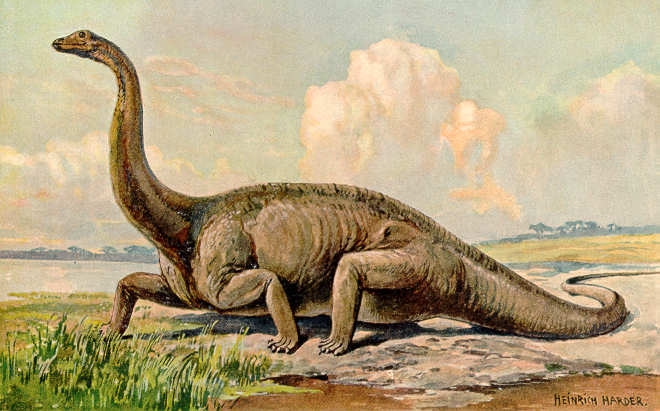
Dr. Rayfield’s computational approaches have frequently challenged long-standing interpretations about dinosaur biology, demonstrating the power of digital modeling to test and refine paleontological hypotheses. Her work has been particularly influential in revising outdated views about feeding behaviors in various dinosaur groups. In one notable example, her biomechanical analysis of Diplodocus and other sauropod dinosaurs questioned the traditional assumption that these long-necked giants fed by stripping leaves from high branches, revealing instead that their skull mechanics were better optimized for more general feeding strategies. Similarly, her studies of ankylosaur skulls demonstrated that these heavily armored herbivores possessed more complex jaw mechanics than previously recognized, suggesting more sophisticated feeding capabilities than their seemingly simple teeth would indicate. Perhaps most significantly, Rayfield’s work on predatory dinosaurs has transformed our understanding of their ecological roles, showing that different theropod species evolved specialized feeding adaptations rather than being generalist predators. By subjecting long-standing interpretations to rigorous computational testing, she has helped move paleontology from a field sometimes reliant on speculation to one grounded in quantitative analysis. This approach has elevated the scientific rigor of dinosaur studies while revealing the remarkable diversity of adaptations that evolved across different dinosaur lineages.
Democratizing Research Through Digital Sharing
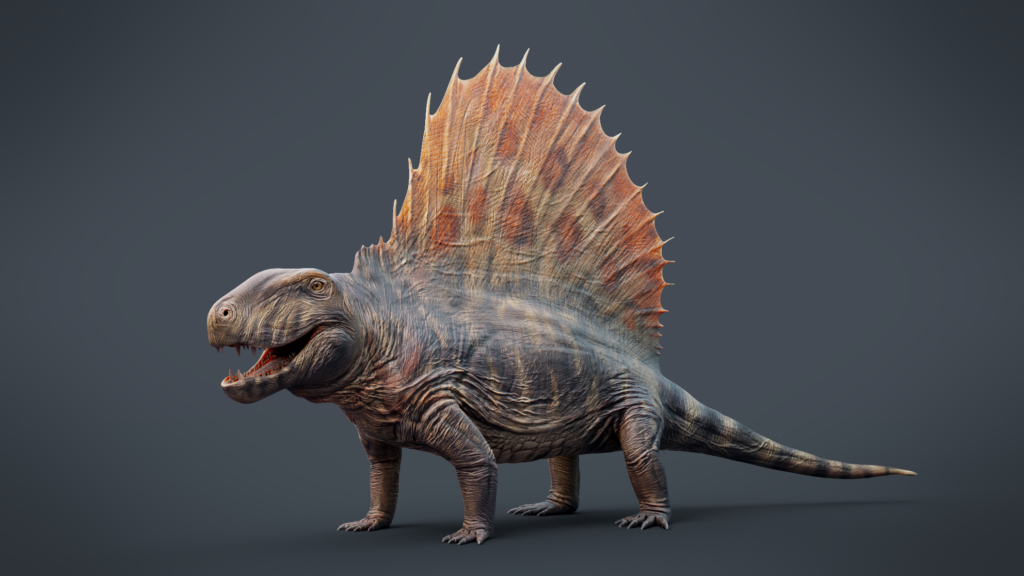
Beyond her scientific contributions, Dr. Rayfield has been a strong advocate for open science practices, particularly the sharing of digital fossil models to democratize access to valuable specimens. Traditional paleontological research often required physical access to fossils housed in museums around the world, creating geographical and financial barriers to study. Rayfield has helped pioneer new approaches to specimen access through digital repositories where researchers can download and analyze 3D models of important fossils. Through initiatives like MorphoSource and other digital platforms, she has contributed models from her research while encouraging others to make their digital datasets available to the wider scientific community. This digital sharing has particular significance for researchers in regions with limited fossil collections or museum access, effectively globalizing the study of dinosaur paleobiology. The availability of high-quality digital models also facilitates teaching and public outreach, allowing students and museum visitors to interact with accurate representations of rare fossils. By championing these open science practices, Rayfield has helped create a more collaborative research environment where paleontologists worldwide can build upon existing digital models rather than duplicating scanning efforts, accelerating the pace of discovery while making dinosaur research more accessible to scientists regardless of institutional affiliation.
Training the Next Generation
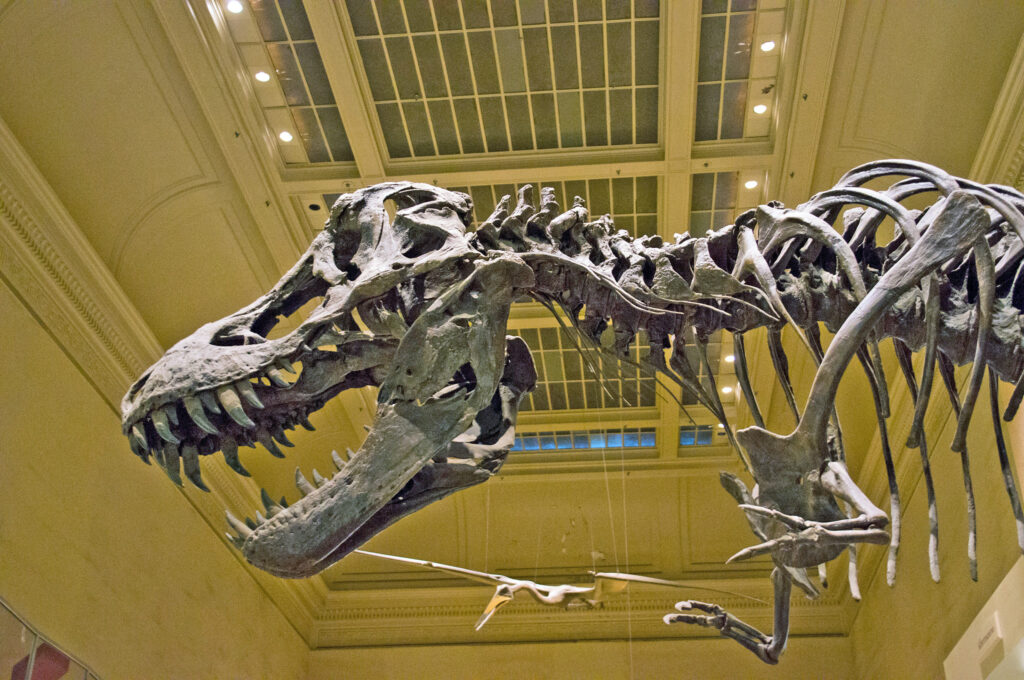
Dr. Rayfield has made significant contributions to paleontology not only through her research but also through her dedication to training the next generation of computational paleobiologists. At the University of Bristol, she has established a vibrant research group where graduate students and postdoctoral researchers learn cutting-edge digital modeling techniques while pursuing innovative research questions about vertebrate evolution. Her teaching extends beyond traditional paleontological methods to include engineering principles, programming skills, and advanced statistical approaches that prepare students for interdisciplinary research at the intersection of biology, geology, and computational science. Rayfield regularly organizes workshops and training sessions at international conferences, introducing established researchers to new computational methods while helping students develop the technical skills needed for modern paleontological research. Many of her former students have gone on to establish their research programs at institutions worldwide, extending the influence of computational approaches throughout the field. Through this educational commitment, Rayfield has helped transform paleontological training from its traditional focus on field techniques and descriptive anatomy to include the quantitative and computational skills increasingly essential to the discipline. This mentorship ensures that the digital revolution in dinosaur research she helped initiate will continue to advance through successive generations of scientists equipped with both paleontological knowledge and computational expertise.
Future Directions in Computational Paleontology

Dr. Rayfield’s ongoing research continues to push the boundaries of what can be achieved through digital modeling of dinosaurs and other extinct vertebrates. Looking toward the future, her work is expanding to incorporate even more sophisticated computational approaches, including machine learning algorithms that can automate aspects of model creation and analysis. These artificial intelligence techniques promise to accelerate the processing of complex morphological data while potentially recognizing patterns in dinosaur anatomy that might elude human observers. Another emerging direction in Rayfield’s research involves the integration of developmental biology with biomechanical models to understand how dinosaur skulls grew and changed functionally throughout an individual’s lifetime. This approach, sometimes called ontogenetic biomechanics, examines how juvenile dinosaurs’ feeding capabilities differed from adults, potentially revealing distinct ecological roles at different life stages. Rayfield is also exploring new applications of fluid dynamics modeling to questions about dinosaur respiratory systems, sensory capabilities, and thermoregulation—areas traditionally difficult to investigate in fossil organisms. Through these innovations and others, she continues to demonstrate that computational paleontology remains a dynamic, evolving field with tremendous untapped potential for revealing new aspects of dinosaur biology. As computational power increases and modeling techniques become more sophisticated, Rayfield’s pioneering approaches suggest that digital paleontology will continue to transform our understanding of extinct life for decades to come.
Conclusion
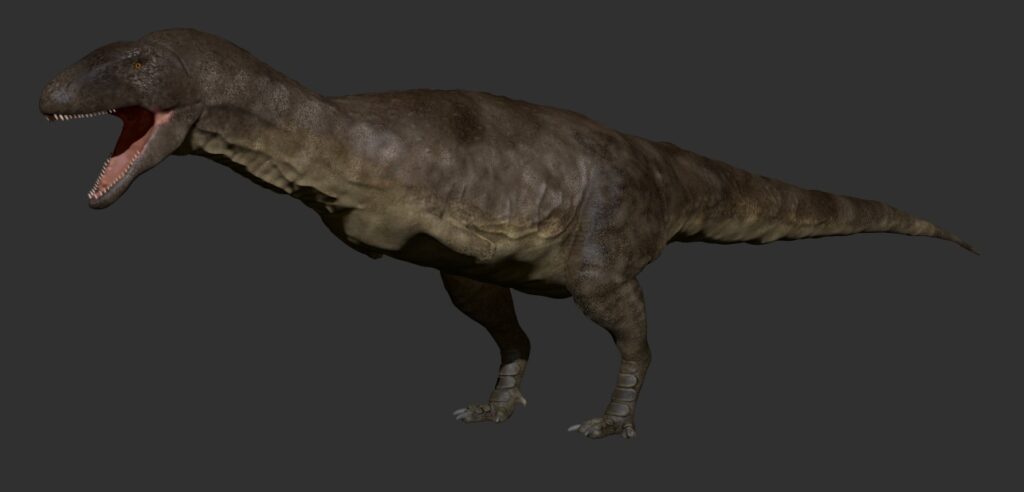
Dr. Emily Rayfield’s groundbreaking work exemplifies how modern computational techniques can breathe new life into ancient bones, transforming our understanding of dinosaurs from static museum displays to dynamic, biologically complex organisms. By applying engineering principles to paleontological questions, she has created a methodological bridge between distant scientific disciplines, demonstrating that the most significant advances often occur at these interdisciplinary intersections. Through digital modeling, Rayfield has not only answered long-standing questions about how dinosaurs functioned but has also opened entirely new lines of inquiry previously considered beyond the reach of paleontological investigation. As computational power continues to grow and modeling techniques become increasingly sophisticated, the approaches pioneered by Rayfield promise to reveal even more secrets about the biology of extinct animals. Her legacy extends beyond her specific scientific discoveries to include the transformation of an entire field, establishing digital modeling as an essential component of modern paleontological research and training a new generation of scientists equipped to continue pushing the boundaries of our understanding of Earth’s remarkable prehistoric life.




